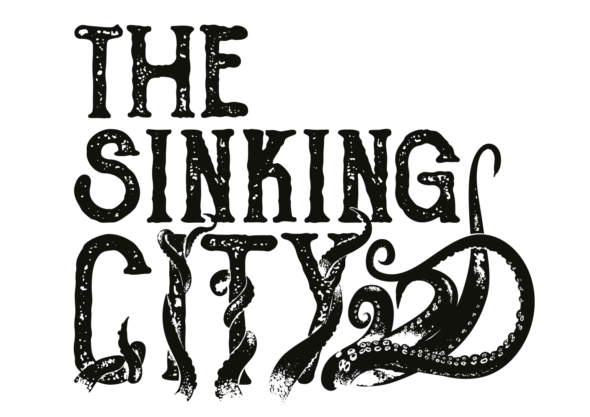
Ever since I played the underwhelming Call of Cthulhu last year, I’ve been waiting for The Sinking City. Call of Cthulhu was the first big Lovecraftian game to come out in a long time, and it simply missed the mark. You can take a look at my thoughts on it here, but even then, I was already anticipating The Sinking City, hoping to redeem the game industry in terms of Lovecraft-based games. Now that time is here, and Frogwares and Big Ben Interactive have put out a game that’s notably better than Call of Cthulhu (also published by Big Ben Interactive).
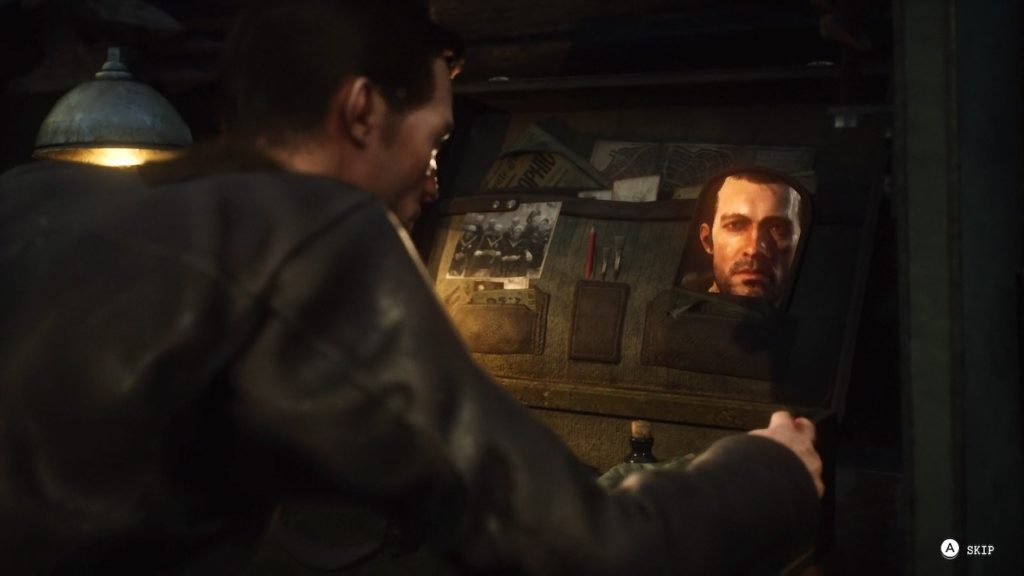
The Sinking City puts you in the well-worn shoes of Charles Reed, a vintage noir private dick (that’s private investigator if you’re not familiar with the colloquialisms of the era – the game takes place a few years after World War I in the 1920s). He’s slowly going mad from bizarrely haunted dreams of an ancient city and unexplainable imagery and the clues have led him to Oakmont, Massachusetts, which was recently beset by a massive flood. Strangely, Oakmont is not on any map and does not exist to the outside world, so no one has helped the water-sodden denizens of the town to recover from this disaster. Remember that. We’ll come back to it.
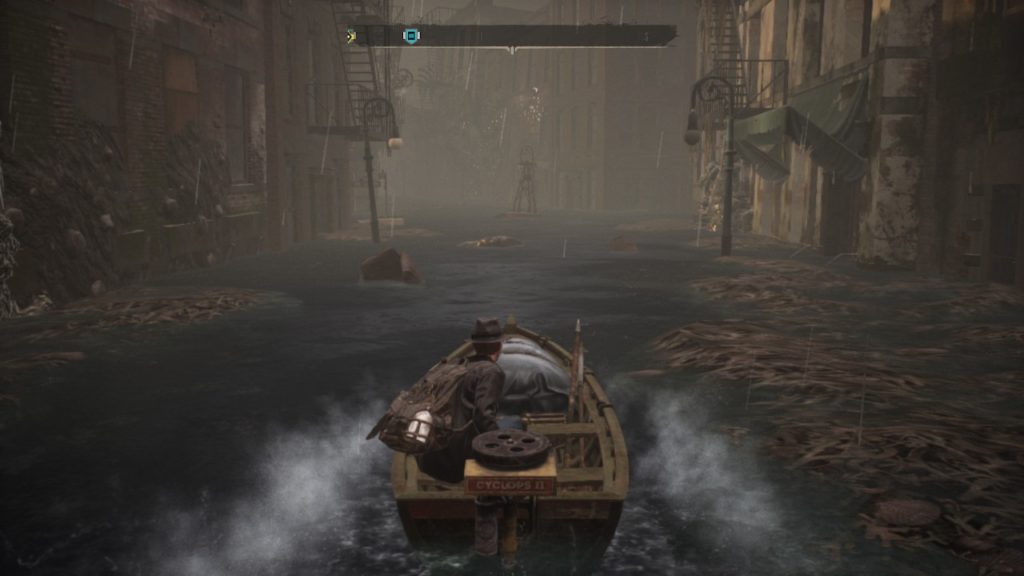
Reed sails into town on a boat and manages to immediately find himself embroiled in a missing persons case. From there, things only get weirder and weirder. Strange monsters have infested the town. Townsfolk are noticeably not entirely human. The allegiances of the various groups are the primary influence in the town, even over a corrupt police force. Thematically, The Sinking City nails the era and the vibe, both of the small town 1920s East Coast, and of Lovecraft’s signature fantastic style. Unfortunately, that’s where things take a turn.
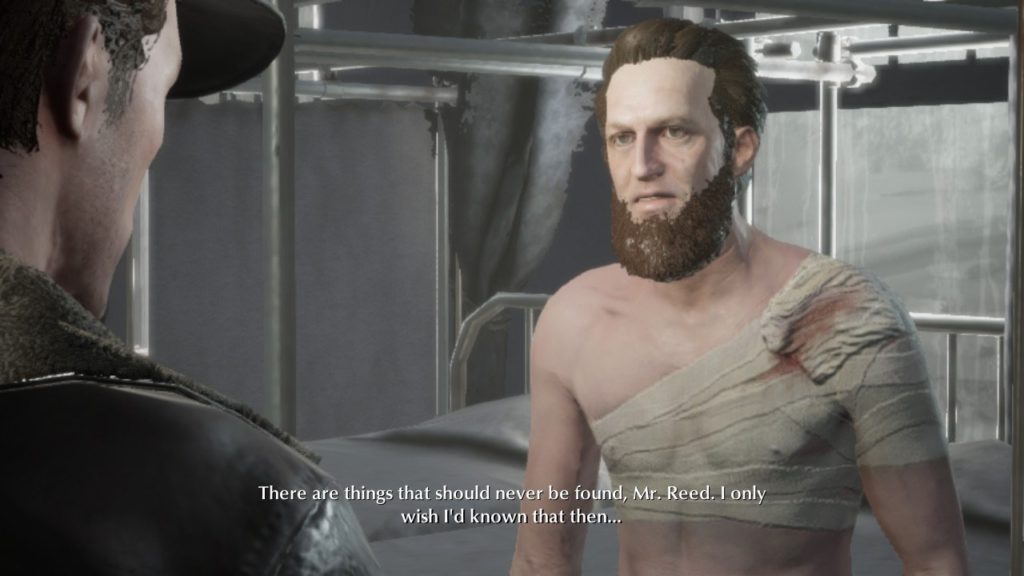
Right from the beginning, things don’t really add up in Oakmont, and it’s not because this is a mystery. After all, Frogwares made the last two Sherlock Holmes games too. But this is Massachusetts. Sure, it’s in the 1920s, but it’s not exactly a huge state. In 1920, Boston, Massachusetts was a city that held almost 750,000 people, had a functional subway system, and was rather impossible to miss. But Oakmont is absolutely massive, easily rivaling 1920s Boston for size, potential population, and amenities. The streets are littered with cars of all types, train cars, phone booths, and other modern conveniences, and the NPCs are incalculable. For a town that, according to the game, is ‘not on any map’ even though you have a map of it, it’s a bustling metropolis of wonder. Keep in mind the map below is only a tiny portion of the city and the tiny arrow is the entire visible area where your character is standing.
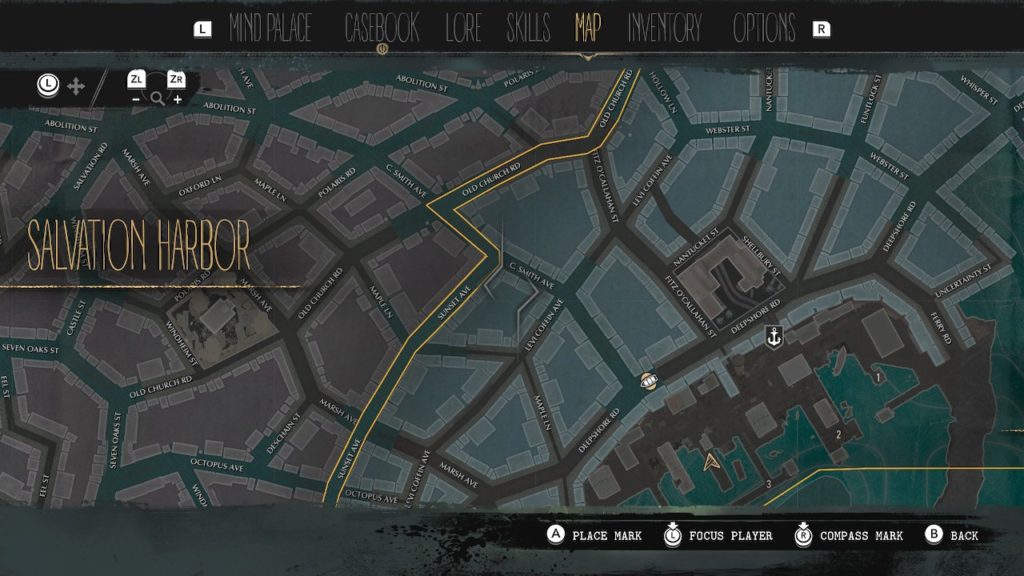
I bring up the map of Oakmont because the game does on almost every load screen. How mysterious Oakmont is, how they can’t get any disaster relief even though everyone seems pretty ok, and how their isolation should explain the weird mutations of several of the major families in the game (all based on Lovecraft archetypes of course). You literally have to follow clues around on the absolutely gigantic map down to the specific street corner a character mentions. And you can even leave markers on the unmapped ‘Sinking City’ denoting the areas you need to search, although due to some sort of glitch, at least on the updated Switch version of the game, every time I reloaded the game after turning it off, my markers were gone.
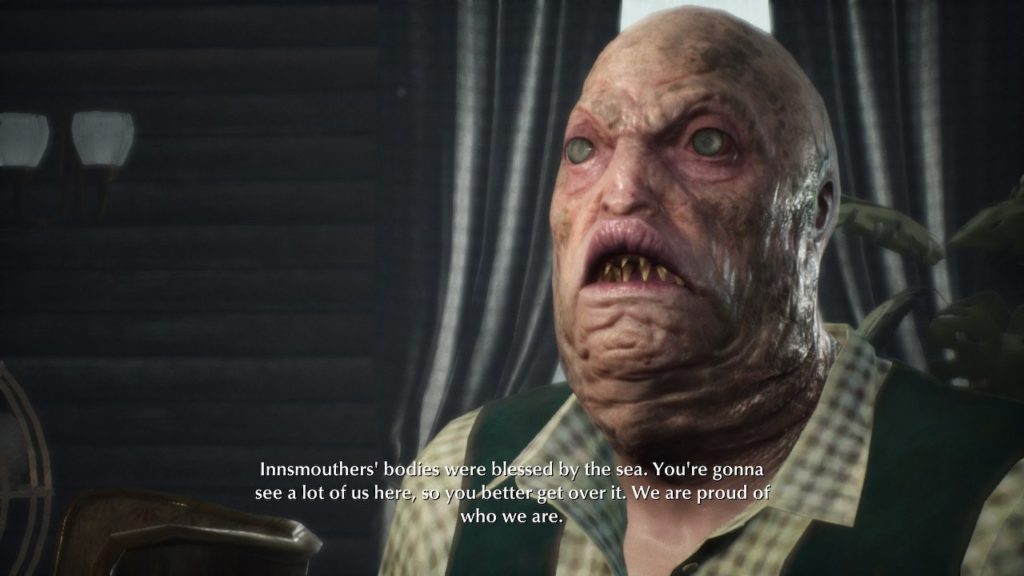
Vanishing markers weren’t the only glitch I encountered either. My costume choices didn’t save from one load to the next. Collision detection is a bit off, character animation is stiff and jerky, missions refuse to leave the top corner of your screen even after you clear them, infested areas are impossible to leave, even when the entrance is so short you could step over it and can actually climb walls much higher, and there’s a lot of hanging on the pause menus. Everything about The Sinking City feels a bit rushed and more than a bit dated. Sure, it’s a huge game, absolutely massive and open world, but at the same time, the conventions used make it feel like a game for the PS2 or early PS3, not a gamer for the current era. The game is clunky graphically and clunky visually, down to the ‘hobo mark’ that denotes doors you can enter (literally a giant H). Why? Why not have different colored doors? I don’t know. It’s just one more bit of nonsensical design in a game filled with the same boat that magically appears at every dock since half the city is flooded.
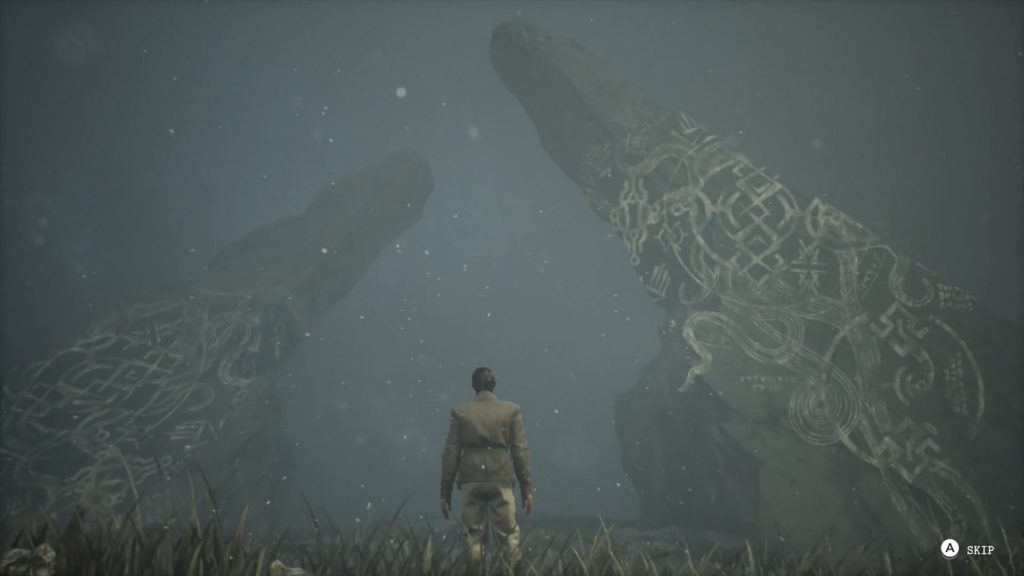
And that’s the crux. A lot of these things would be more forgivable if The Sinking City was a more focused gameplay experience. The narrative in the story is solid and compelling. Charles Reed is an interesting and mostly believable character. The voice acting is spot on, if a bit dramatic at times. But The Sinking City is simply too open, too loose of an experience. It’s not fun to wander around the streets slowly inching your way from area to area or waiting for interminable load screens (which are a bit faster in Fast Travel once you unlock it). It’s not fun to simply boat around flooded streets for no good reason with nothing happening. The story is interesting, but the engine that drives it constantly stalls. You’re wandering around trying to deduce what to do, but it’s structured so that even if you as a player make an intuitive leap, Charles can’t. He has to find the clues to unlock the next part for himself.
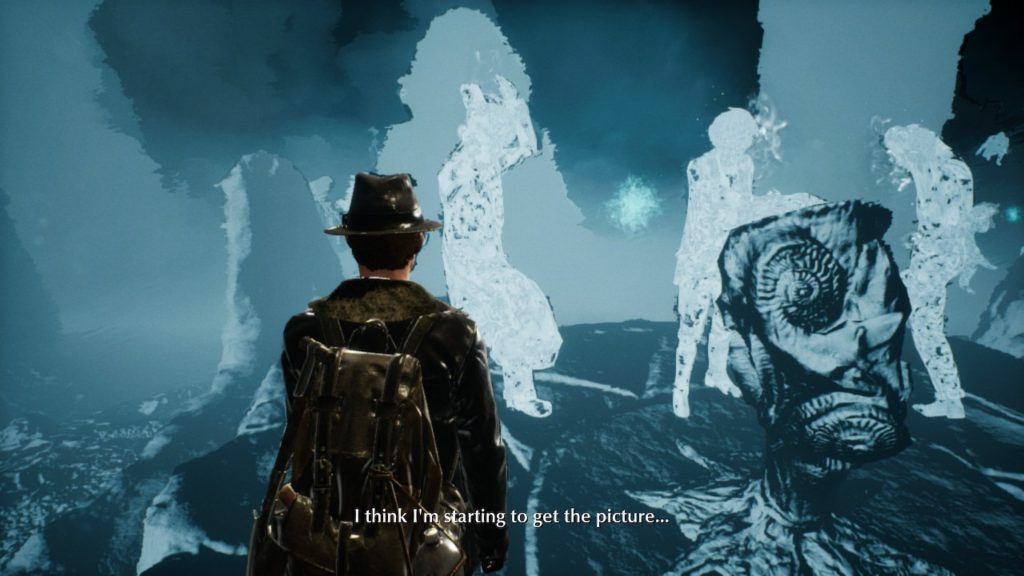
At one point, I figured out that I needed to go to the docks and get on a boat to investigate an event that had happened to a character’s son. I figured it out, but Charles didn’t because I missed a key piece of evidence halfway across the city and had to backtrack for 20 minutes to get it. Then I had to go into Charles’ Mind Palace to unlock the evidence and enable to checkpoint to go back to the dock and get on the boat I knew I should be getting on already. Tedious. On the upside, at least you’re not given a glowing marker that says ‘Go Here To Continue The Story’. It’s a tough balance though, and while The Sinking City makes you work to get to the next section of the story, this noticeably interrupts the flow of the game, and a few breadcrumbs might be nice, especially when you’re wandering about for a while.
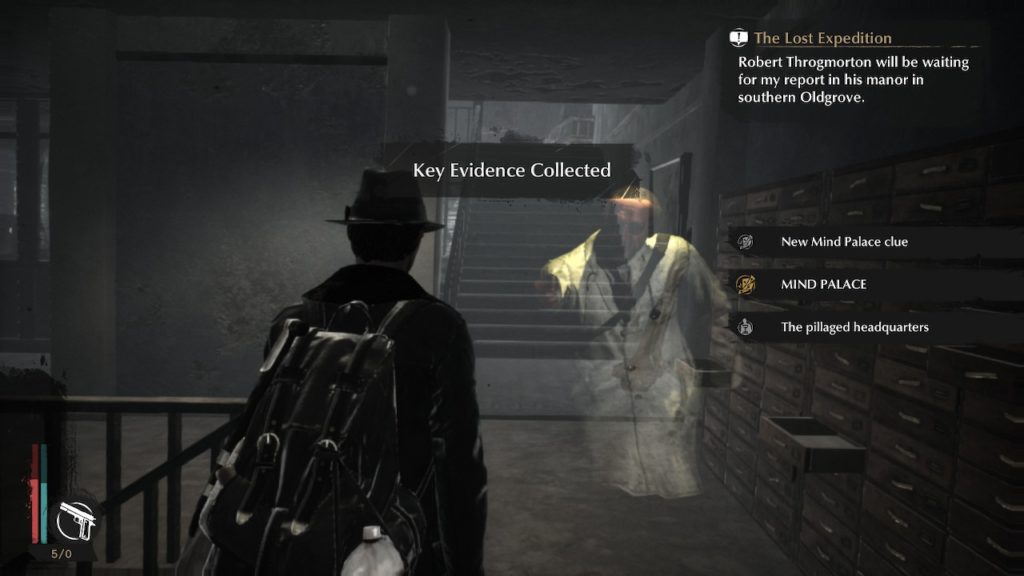
Speaking of the Mind Palace, the game has a few unique conventions. The Mind Palace is a menu where you take clues and add them together until they make deductive conclusions you can then act upon. But all it really is is a bunch of bullet points that link together to move the plot forward because you’ve ‘investigated’. The same goes for Charles’ apparently supernatural Mind’s Eye, a side effect of his slowly maddening affliction where you can activate a sort of reality warp in certain areas. The events of the past show up at key points and a short clip is played of each even with everyone in glowing shadows, then you simply click on each one to put them in order and come to a conclusion. It sounds like investigation, but it’s really just listening and putting things in order from one to four. That’s not much in terms of logic and reason. Lastly, there are the archives. Certain areas, such as the local newspaper and police station, have records archives. You use the archive, select from time, place, people, and other options, and then select subcategories in each to find clues that lead you to the next location. Unfortunately, this is pretty much again just a mix and match where you pick until you find something. Usually it’s fairly straightforward if you’re paying attention, but occasionally you just sit and randomly match things hoping for the one clue in the whole archive that will move the plot along. Again, as well all the other ‘detective’ functions of the game, it feels clunky, dated, and worst of all, sophomoric. There’s no real intellect required to be a detective in The Sinking City, not that there’s much in any detective game, but it’s particularly noticeable here.
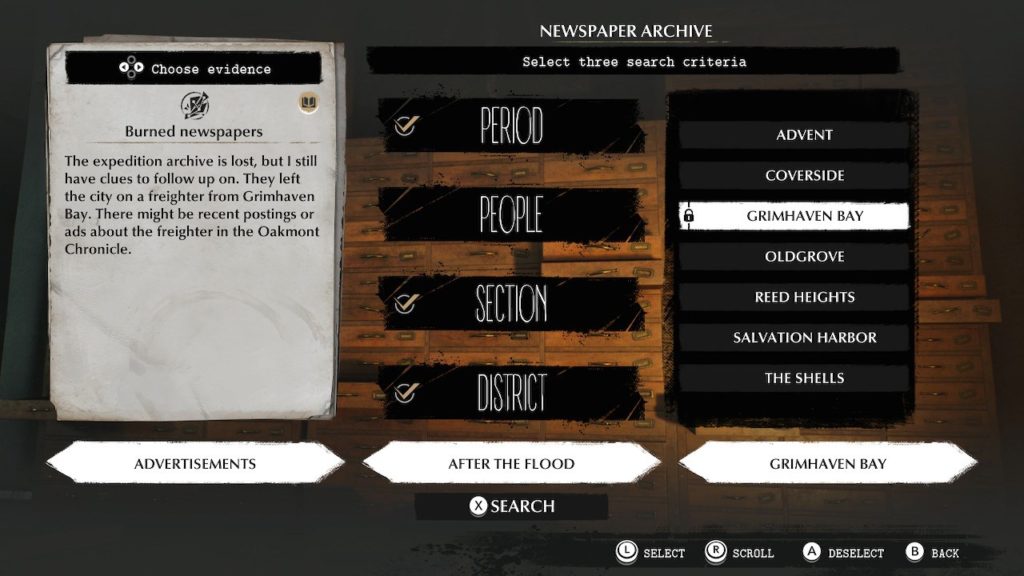
These issues carry on into combat as well. Combat is rough and clunky, with vicious enemies and often limited ammunition. You either have to make or earn bullets, and it takes a one or two well-placed shots to take out a single wylebeast. Don’t even get me started on the Lethians. It’s hard to aim in the game and even harder to dodge. Combat is honestly a complete wash, but at least Frogwares tried, which is a noticeable improvement on the complete lack of combat in Call of Cthulhu. And bullets are currency in The Sinking City. Turns out they’ve completely forsaken money by instead bartering for bullets since their lives are at constant risk. Just one more utterly illogical thing in a game filled with inconsistency. The downside for you is that you have to barter away your rather limited ammo to buy things when the opportunity arises, and it’s an irritating balance, especially from an era where ammunition was cheap and plentiful. Wandering around harvesting resources from boxes to make a few bullets here and there is quite frankly a bore.
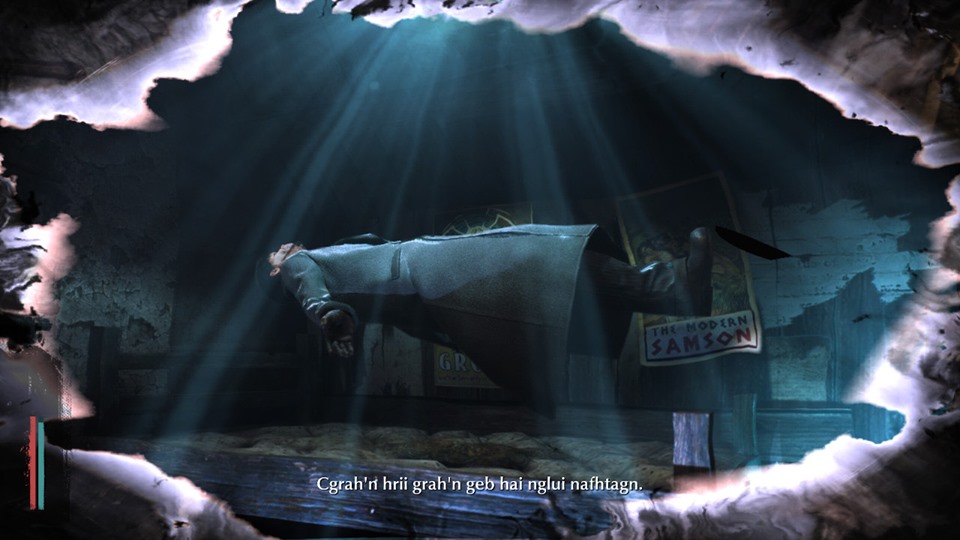
Now, I don’t want you to think that The Sinking City is complete crap. It’s not. The story is excellent, as I stated previously. I sincerely wanted to know what was happening in the town, why Mr. Reed was affected, and what the hell kind of monsters were rising from the depths to destroy Oakmont from within and without. But the game needs pacing badly. This would have been a significantly better game had the developers at Frogwares focused a bit more on cleaner, more responsive combat and character animation and less on making it yet another pointlessly open world game. Send our intrepid P.I. barreling down a street and have something happen to lock it out. Direct the flow of the story like the reboot of Tomb Raider or an Uncharted game and this could have been a serious contender. If I was forced down certain streets, into certain fights, had a bit of freedom to explore a market and then forced to search and use my detective skills, the game would have a very Batman: Arkham Asylum feel and that would have been great. But the adherence to open-world design elements heavily detracts from the gameplay in The Sinking City. The only way to really get past this is to completely ignore all the sidequests and focus entirely on the main storyline without exploring for anything other than Fast Travel points. This streamlines the narrative somewhat and speeds up the plot to the point where the pacing isn’t akin to being stuck in quicksand. I highly recommend that you play the game this way to get the most impact from the plot.
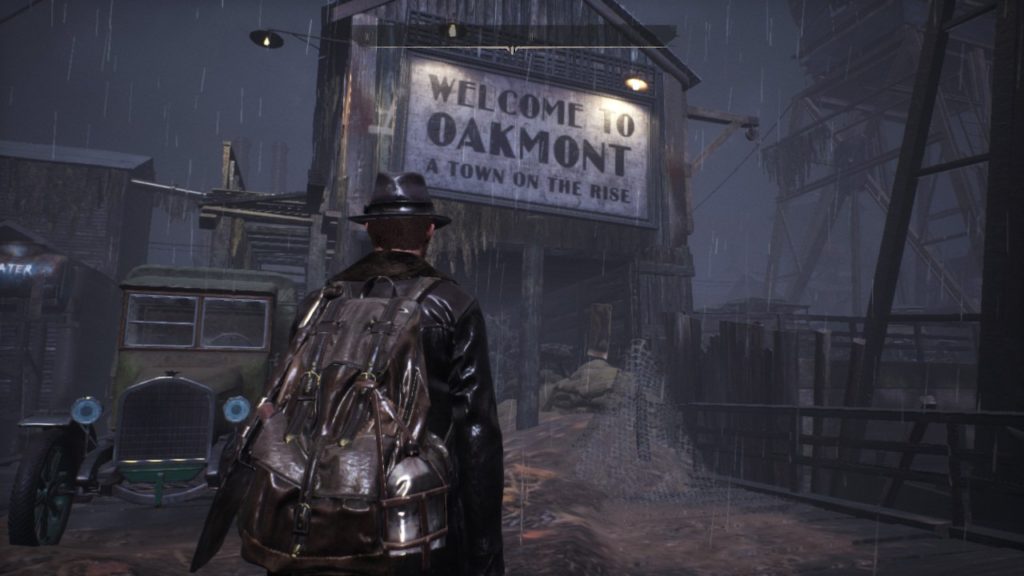
Ultimately, The Sinking City is a deeply flawed game that’s a fairly good attempt at something unique and interesting. If you want a Lovecraftian story, resplendent with dialogue that resembles that of Howard Philips himself, this is definitely the title for you. You just have to be ready for broken combat, simplistic detecting, and a few other issues to get through that story. I liked The Sinking City, and there’s a meaty game of a solid twenty or so hours here, it just isn’t anywhere near perfect and you’ll spend a lot of those hours wandering about. Ultimately, at $50.00, the Sinking City is a bit of a pricey ticket for what you get and that’s not even the deluxe edition. If you’re a hardcore Lovecraft fan, check it out. For the rest of you, it’s still worth a go, but maybe wait for a bit of a price drop on this one.
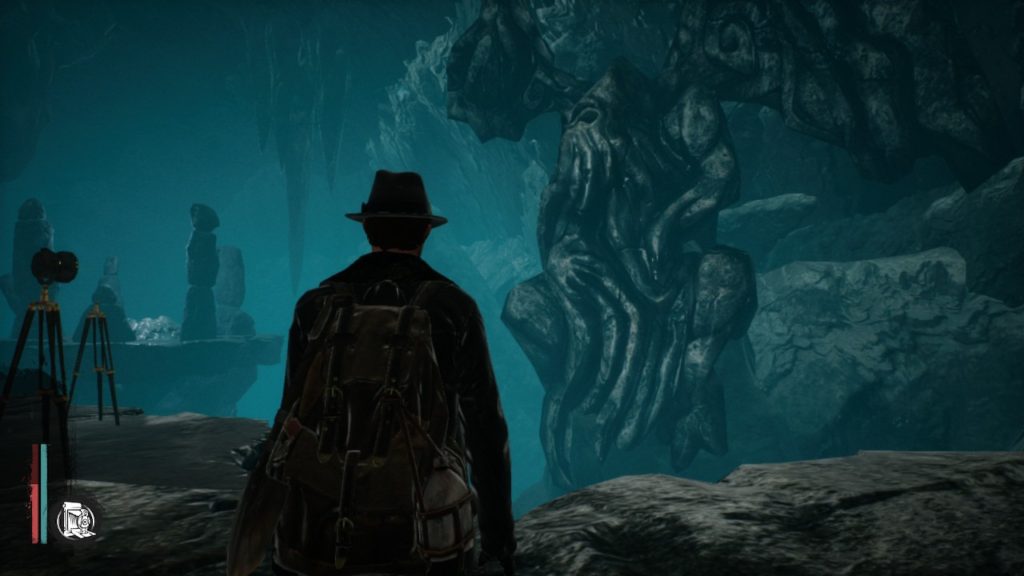
This review was based on a digital copy of The Sinking City provided by the publisher. It was played on a Nintendo Switch in both docked and undocked mode (and generally the same in both modes…I forgot to mention it but it plays equally well either way on the Switch). Any creeping madness you may feel by the time you finish this review is probably not caused by Elder Gods that lurk just outside our dimension and invade your dreams through game reviews. Probably. The Sinking City is also available on Xbox One, PS4 and Steam. All screenshots are from actual gameplay. Cthulhu Fhtagn.

